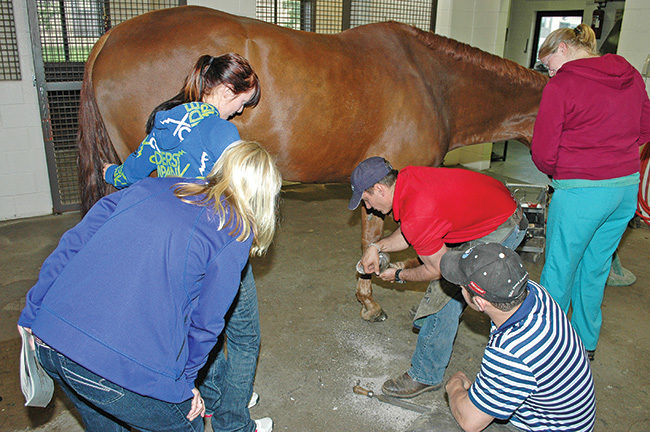American Farriers Journal
American Farriers Journal is the “hands-on” magazine for professional farriers, equine veterinarians and horse care product and service buyers.

It’s the early hours of Derby Day Minus One as I arrive at Rood & Riddle Equine Hospital in Lexington, Ky., a time when the eyes of the world turn to the Bluegrass Country more than any other time of the year.
But while there is plenty of Derby talk and chatter, the horses that will run in the Derby and its related races number only a few score, and there are thousands and thousands of Thoroughbreds in the Bluegrass. The attention of the sporting world may be focused on Churchill Downs, but there’s plenty of work that still needs to be done by those in the equine industry — Derby or no Derby.
Raul Bras, a veterinarian and certified journeyman farrier who works in the Podiatry Department at Rood & Riddle, is preparing for a full day of providing hoof care both at the hospital and at area barns. As we’ll see, Shoeing For A Living presents a broad range of challenges for those charged with keeping Thoroughbreds sound.
7 a.m. Bras and his assistant, Josh Wilbers, have already made sure their rig is fully stocked for the morning’s barn calls. But before they head out on the road, they have some work to do with a high-end Thoroughbred colt. The horse was brought to the hospital two days earlier, after it developed pneumonia. The stress of the illness, combined with the colt’s negative reaction to being trailered to the facility, resulted in the colt displaying some warning signs…